The production of models, molds and core boxes is part of the daily routine of any foundry. These items can be produced with the most varied materials, the most popular being aluminum. But is this the best raw material for making tools? In this article, we will present four reasons to use Polyurethane Plates (Cibatool) in foundry.
Learn more about Polyurethane Plates
In foundry, Polyurethane Plates can be used to manufacture models, molds and core cases. This solution can also be used in the footwear, transport and ceramic industries.
This material has a density that varies from 0.6 to 1.65g/cm³, which speeds up the machining process. In addition to accuracy and dimensional stability, these plates, popularly known as Cibatool, have different thicknesses, enabling them to meet the most varied needs.
During this article, we will present in more detail the models WB-1404 andWB-1460, which are Working Boards. This grade is high density, which allows for a very high level of detail when machined. Remembering that here at Hard we also have available the Styling Board (SB)?and the Modeling Boards (MB).
Why is aluminum still used?
In this article, we will talk about cast and marine aluminum, the two main types used in foundries for the production of tooling. At first glance, the main benefit of choosing aluminum for tooling production is the cost of the material. Currently, a kilo of cast aluminum costs R$ 22.00 on average, while that of the naval type is around R$ 40.00.
However, before purchasing the raw material for the tooling, it is necessary to analyze the cost of the process as a whole, not just the material. Once choosing the right item can contribute to the production line taking a leap in productivity, in addition to directly interfering in the tool life and, consequently, in its replacement. We detail these issues in more detail below, keep reading!
Why use Polyurethane Plates (Cibatool) in foundry?
Below, we compare the main characteristics of aluminum with polyurethane plates. Check out four reasons to use Polyurethane Plates (Cibatool) in the foundry!
1. Lower process cost
At first, when we analyze only the value of the material, aluminum seems to be the item with the lowest cost. However, to have a real idea of ??the investment, it is necessary to consider the value of the process as a whole, not just the raw material of the tooling.
Even though the material has a lower cost, the process when made with aluminum becomes more expensive. Once the polyurethane plate is easier and faster to machine, in addition to not needing to be finished, eliminating this step of the process. In other words, with the Polyurethane Plates (Cibatool) in the foundry there is a gain in productivity, without delays or losses in the quality of the parts.
2. Greater abrasion resistance
When choosing between aluminum or plates, it is also advisable to think about the useful life of the tooling. PU plates, even with a lower density, have greater resistance to abrasion than aluminum, which influences the increase in the useful life of any part produced with this material. Watch the video below and see how polyurethane sheets resist much more than aluminum.
Did you watch and get impressed? So this is the same resistance your tool will have. This feature is very important and we have an abrasiveness report that proves the superiority of the WB-1404 and WB-1460 Polyurethane Plates in relation to cast and marine aluminum, you can check it here.
3. No need for manual finishing
Any tools made from aluminum will require hand finishing, which typically involves three rounds of sanding. In addition to the time spent on this step, it must also be considered that the final quality of the parts is subject to human mistakes. And, as if these two factors were not bothersome enough, we must also consider that the aluminum to be sanded requires a lot of physical effort from the operator.
On the other hand, Polyurethane Plates (Cibatool) in the foundry reach an impressive accuracy of details, which in most cases does not require manual finishing. On the rare occasions when touch-ups are necessary, polyurethane sheets still offer the advantage of needing only fine-grained sandpaper.
Also, after a long time of use, it is normal for a tool to need to be repaired. When using aluminum, it is necessary to weld, which makes maintenance expensive and time-consuming. With PU boards, the process is easier and faster. It will only be necessary a localized machining and placing an insert of the same plate, this work can be done in the machining or manually, depending on the geometry to be reworked.
4. Better ergonomics for the operator
Finally, when comparing polyurethane plates and aluminum we have to consider the operator’s ergonomics. For example, the same model that in aluminum would weigh 40kg, will weigh 20kg if made with high-density plates. With lighter tooling, physical wear is less, which increases productivity and the quality of the work performed.
Aluminum X Polyurethane Plates: which one should you use?
In this article, we can conclude that the lower density of polyurethane plates offers easy machinability, greater accuracy (no sanding required) and better ergonomics for the operator. Unlike aluminum, parts made with PU plates do not need manual finishing, are repaired faster and have a less costly production process.
These results were achieved by an agribusiness industry that replaced aluminum with polyurethane plates. The company achieved savings of 66% in the production of molds, models and core boxes. You can read the full history here.
What’s up? Did you like this content? Comment below. And, to have Polyurethane Plates (Cibatool) in the foundry, just contact us. Hard Group is the only distributor in Latin America of RAMPF, the German company that invented PU boards.

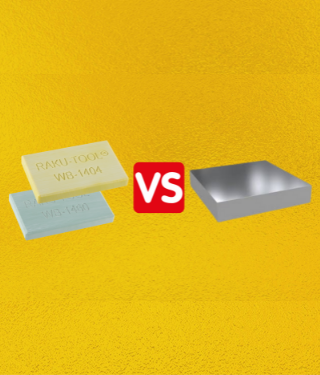
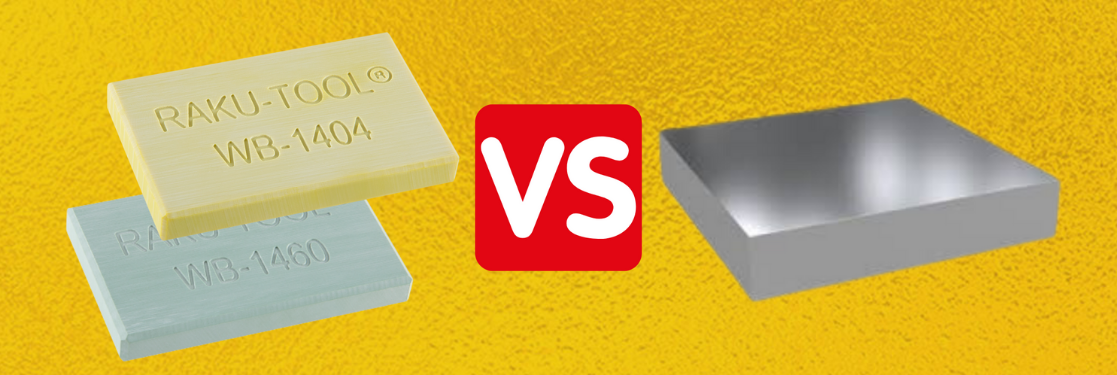

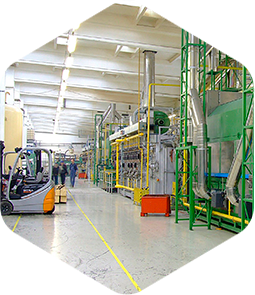
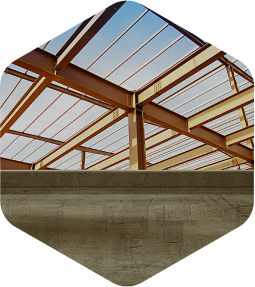
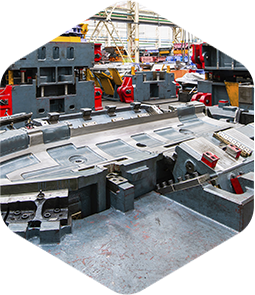

Comentários
Ainda não há comentários. Seja o primeiro a comentar.